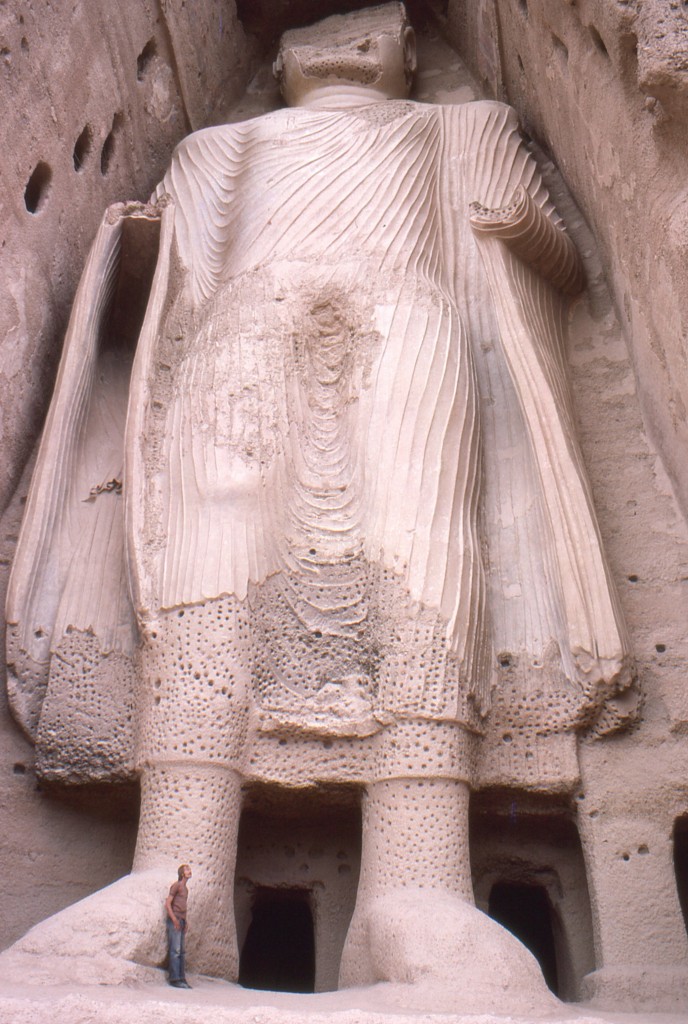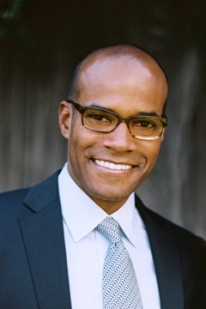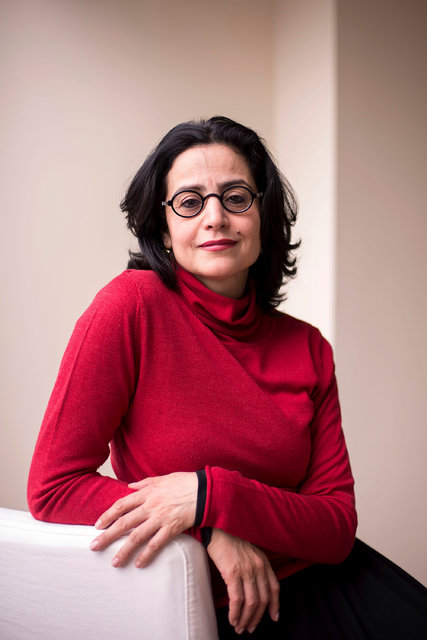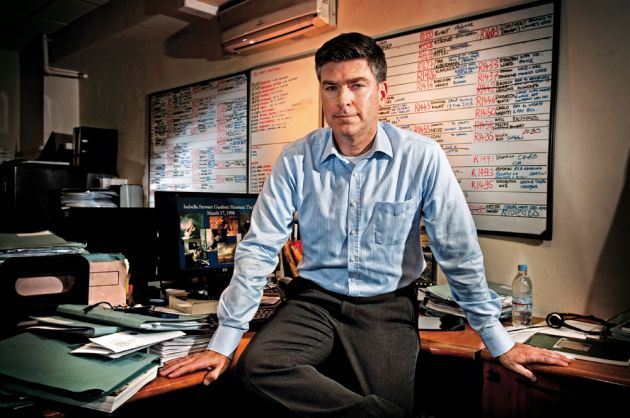I happened to turn to a publication called Gulf Business, which I plan to use in my next post, and then happened upon a very interesting list.
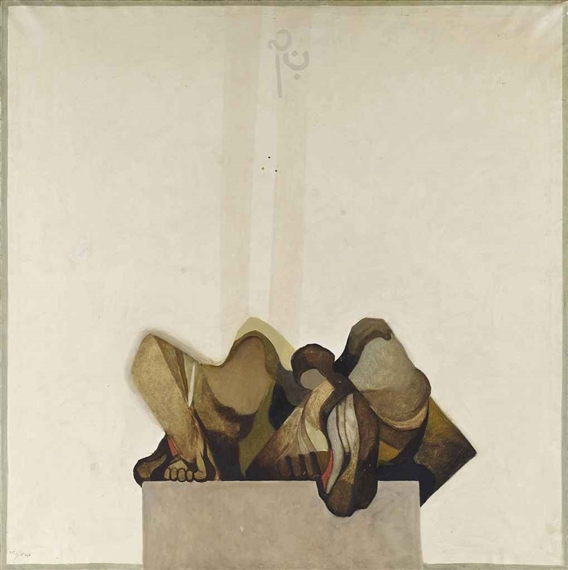 We think we know a lot about art in the Gulf States — hearing all the time of the Doha and Abu Dhabi museums, the big annual art fairs there and the (what looked to me from afar as pretty awful) massive Damien Hirst bronze sculptures of fetal development that went on display there last fall.
We think we know a lot about art in the Gulf States — hearing all the time of the Doha and Abu Dhabi museums, the big annual art fairs there and the (what looked to me from afar as pretty awful) massive Damien Hirst bronze sculptures of fetal development that went on display there last fall.
So the headline in Gulf Business drew me in: Top 10 Most Expensive Art Works Sold By Christie’s In Latest Dubai Auction. They’re not what you might guess. The sale was of modern and contemporary Middle Eastern art. No Hirst or Koons here. (Middle Eastern was their term, for those of you who think I am being politically incorrect.)
The dollar amounts were small, with the top lot fetching $1,023,750 — it was a figurative painting of the construction of the Suez Canal by Abdul Hadi El-Gazzar, an Egyptian artist who died in 1965. The final price was about ten times the estimate, though.
And yet:
Global auction house Christie’s said that its latest auction in Dubai saw 140 art works raise a total of over $10.6 million (Dhs39.1 million), an increase of 65 per cent compared to last year’s sales total. …The Pharos Collection of Modern Egyptian Art, expected to sell for around $1.4 million, made $3.89 million, with the top lot of the sale also coming from the collection.
The picture I’ve posted here was the fifth highest lot, Dia Al-Azzawi’s Neverending Silence,  which fetched $207,750, more than double the high estimate, all in.
I shouldn’t be surprised, perhaps, but this all makes me wonder what really know about the art scene there. In fact, take a look at this website, Arts Qatar, and its “News and Events” section; it presents a far more well-rounded picture of the arts in the Gulf that we’re getting over here.
Photo Credit: Courtesy of Gulf Business

